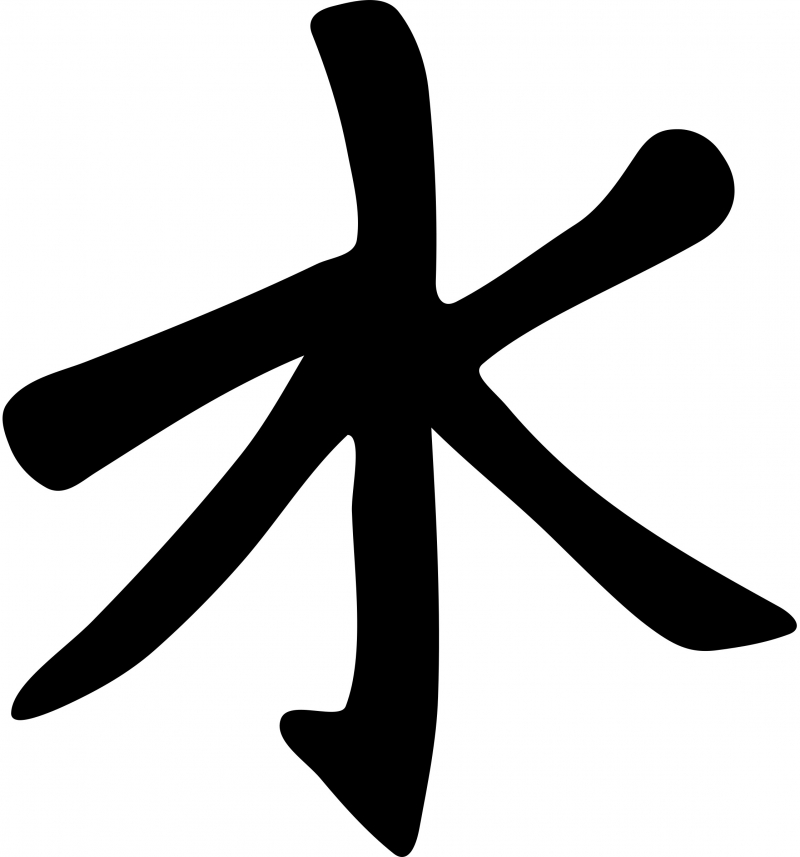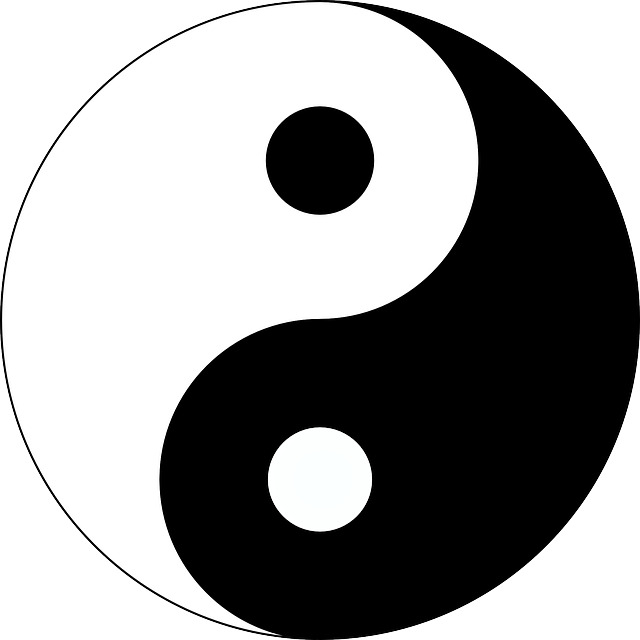Symbols of Confucianism
Confucianism, also known as Ruism, is one of the world's oldest philosophical traditions, frequently regarded as a religion in and of itself. Four significant symbols represent Confucianism's beliefs and viewpoints. These include "Confucius," the Chinese character for water, the Chinese character for the scholar, and Yin Yang.
Confucius's symbol represents the man who founded the religion, as he is one of, if not the most critical, to emerge from it. Confucius was an ancient philosopher interested in his time's moral behavior. This piqued his interest, leading to the formation of set beliefs and values that are now known as Confucianism's moral stance.
The second symbol, the Chinese character for water, was created because water is one of the five elements of Chinese philosophy. Water is regarded as a life source, most likely due to its importance in sustaining life in the natural world.
The water ideogram is widely used in Chinese culture, not just Confucianism. However, Confucianism has the added meaning of peace, balance, and tranquility, all of which represent the true goal of this philosophy. It's also simple, natural, and adaptable, consistent with Confucianism's principles and teachings.
The third symbol, a Chinese character for the scholar, represents the value of knowledge and self-awareness, both of which are required to truly achieve balance within themselves. Confucius believed that one could never have too much knowledge, and the concept of education has since grown in importance in Chinese culture that is particularly – but not exclusively – associated with Confucianism.
The final symbol, Yin Yang, has a variety of meanings. The Yin Yang symbol, which is more commonly associated with Taoism, is also used in Confucianism. It represents the same thing in both religions: the balance of opposing forces in life. The symbol of duality is depicted as a circle divided into two halves, one black, and one white. A dot of the opposite color is present in each half.












